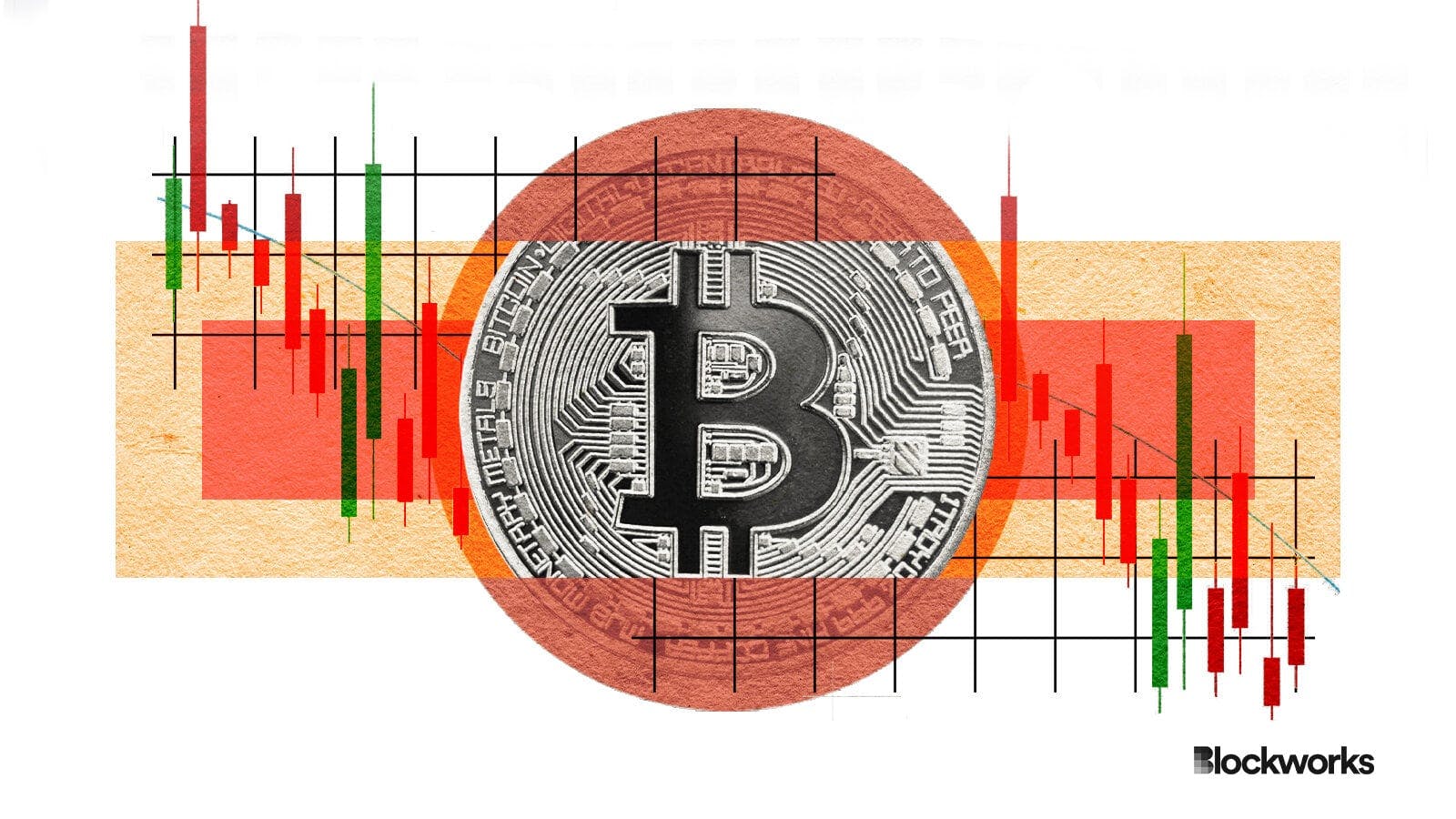Spot bitcoin ETF debut week inflows lagged 2021 BTC futures launch: CoinShares
Crypto product trading volumes of $17.5 billion last week marked a record as Grayscale’s bitcoin ETF saw stream of outflows

Artwork by Crystal Le
Inflows into crypto investment products jumped above $1 billion last week as the long-awaited US spot bitcoin ETFs hit the market. The mark, however, was not a record.
Crypto investment product inflows hit nearly $1.2 billion last week, a Tuesday CoinShares report found — up from about $150 million the week before. The total amounts to more than half the $2.2 billion of crypto product inflows seen during all of 2023.
Last week’s $1.2 billion showing did not break all-time highs though, as the October 2021 week when ProShares’ Bitcoin Strategy ETF (BITO) launched saw roughly $1.5 billion in crypto inflows.
Read more: Bitcoin ETF Tracker
Net outflows from Grayscale’s Bitcoin Trust (GBTC) — which morphed to an ETF last week — hurt the net inflow total — amounting to $579 million last week, according to CoinShares.
Industry watchers told Blockworks last week they expected the newly converted fund — with a substantially higher fee than rival offerings, at 1.5% — to see outflows over time.
Though last week’s net inflows did not break the record, the $17.5 billion trading volumes over that span did.
“These trading volumes represented almost 90% of daily trading volumes on trusted exchanges last Friday, unusually high as they typically average between 2% [and] 10%,” CoinShares research head James Butterfill said in the report.
GBTC accounted for about half of the $4.5 billion in trading volumes seen for spot bitcoin ETFs on Jan. 11, Yahoo Finance data indicated. Despite that, bitcoin funds by Bitwise, Fidelity and BlackRock led competing offerings in initial inflows, according to Jan. 12 Bloomberg Intelligence data.
Read more: Bitcoin ETF asset race: Bitwise, Fidelity snag flow lead while money leaves GBTC
Given the spot bitcoin ETF launches, US crypto products dominated the inflows last week. Such offerings in Canada — where spot bitcoin ETFs came to market in 2021 — endured net outflows of $44 million. Such funds in Germany and Sweden saw outflows of $27 million and $16 million, respectively.
“We suspect the outflows seen in Europe and Canada…were basis traders looking to switch from Europe to the US,” Butterfill wrote.
Get the news in your inbox. Explore Blockworks newsletters:
- The Breakdown: Decoding crypto and the markets. Daily.
- 0xResearch: Alpha in your inbox. Think like an analyst.






